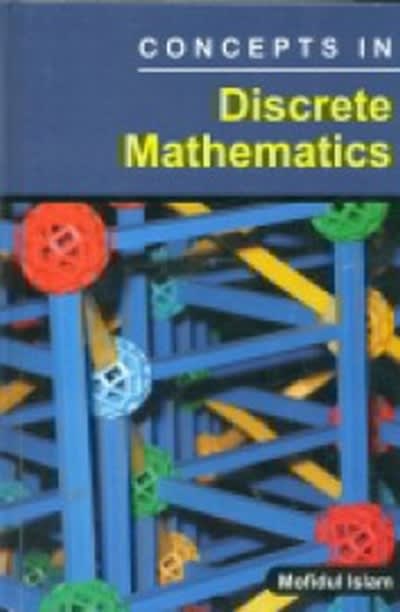Answered step by step
Verified Expert Solution
Question
1 Approved Answer
You are conducting a study to see if the proportion of voters who prefer the Democratic candidate is significantly different from 64% at a level
You are conducting a study to see if the proportion of voters who prefer the Democratic candidate is significantly different from 64% at a level of significance of = 0.10. According to your sample, 51 out of 74 potential voters prefer the Democratic candidate.
- For this study, we should use Select an answer (z-test for a population proportion, t-test for a population mean )
- The null and alternative hypotheses would be: Ho: (? p ) Select an answer (= < >) ________ (please enter a decimal) H1: ? p Select an answer (= > < )_________ (Please enter a decimal)
- The test statistic (? t z) =_________ (please show your answer to 3 decimal places.)
- The p-value = _________ (Please show your answer to 4 decimal places.)
- The p-value is (? > )
- Based on this, we should Select an answer (reject, fail to reject, accept) the null hypothesis.
- Thus, the final conclusion is that ...
- Interpret the p-value in the context of the study.
- Interpret the level of significance in the context of the study.
- If the population proportion of voters who prefer the Democratic candidate is 64% and if another 74 voters are surveyed then there would be a 10% chance that we would end up falsely concluding that the proportion of voters who prefer the Democratic candidate is different from 64%
- If the proportion of voters who prefer the Democratic candidate is different from 64% and if another 74 voters are surveyed then there would be a 10% chance that we would end up falsely concluding that the proportion of voters who prefer the Democratic candidate is equal to 64%.
- There is a 10% chance that the earth is flat and we never actually sent a man to the moon.
- There is a 10% chance that the proportion of voters who prefer the Democratic candidate is different from 64%
- There is a 37.8% chance of a Type I error.
- If the sample proportion of voters who prefer the Democratic candidate is 69% and if another 74 voters are surveyed then there would be a 37.8% chance that we would conclude either fewer than 64% of all voters prefer the Democratic candidate or more than 64% of all voters prefer the Democratic candidate.
- There is a 37.8% chance that the percent of all voters who prefer the Democratic candidate differs from 64%.
- If the population proportion of voters who prefer the Democratic candidate is 64% and if another 74 voters are surveyed then there would be a 37.8% chance that either more than 69% of the 74 voters surveyed prefer the Democratic candidate or fewer than 59% of the 74 voters surveyed prefer the Democratic candidate.
- The data suggest the population proportion is not significantly different from 64% at = 0.10, so there is sufficient evidence to conclude that the proportion of voters who prefer the Democratic candidate is equal to 64%
- The data suggest the populaton proportion is significantly different from 64% at = 0.10, so there is sufficient evidence to conclude that the proportion of voters who prefer the Democratic candidate is different from 64
- The data suggest the population proportion is not significantly different from 64% at = 0.10, so there is not sufficient evidence to conclude that the proportion of voters who prefer the Democratic candidate is different from 64%.
Step by Step Solution
There are 3 Steps involved in it
Step: 1

Get Instant Access to Expert-Tailored Solutions
See step-by-step solutions with expert insights and AI powered tools for academic success
Step: 2

Step: 3

Ace Your Homework with AI
Get the answers you need in no time with our AI-driven, step-by-step assistance
Get Started


